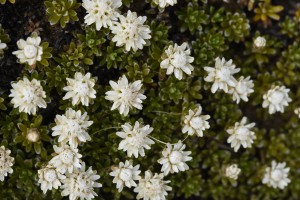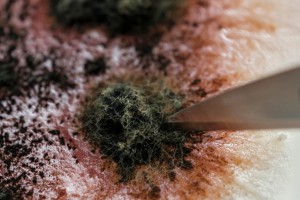In this section
On behalf of New Zealand, Manaaki Whenua – Landcare Research is responsible for the preservation, maintenance, and development of almost a third of the country’s biological Nationally Significant Databases and Collections.
There are significant ancillary services and infrastructure to ensure these databases and collections are maintained and developed into the future. This includes associated data-infrastructure and related systematics research that underpins the scientific value of these biological collections, supporting end-user needs.
Research priorities
- Digitising our collections: Adding our collections to an electronic form will radically increase the availability and utility of information held within these significant resources.
- Responding to Beyond Myrtle Rust: Manaaki Whenua – Landcare Research are the lead organisation in an MBIE Endeavour programme tasked responding to the Myrtle Rust incursion to New Zealand. Our collaborators in this project are Plant & Food and Scion.
- Developing Ecogene, our genetic services business: We are exploring the potential to add services that are not currently present in New Zealand such as environmental DNA.
Biota research priorities are developed with key stakeholders such as iwi, DOC, MPI, EPA and the Museum of New Zealand, Te Papa Tongarewa.
Key research partners include Te Papa (plant systematics), Te Papa and NIWA (New Zealand Organisms Register – NZOR; electronic Flora), the Allan Wilson Centre (evolutionary pathways), Plant & Food (Botrytis genetics) and Auckland Museum, Scion, University of Canterbury, Massey University, Lincoln University, University of Otago, University of Waikato and Australia’s Virtual Herbarium partners (NZ Virtual Herbarium).
Collections and Databases
The databases and collections are housed across a number of Manaaki Whenua – Landcare Research sites across the country. These include biological resources (e.g. reference species collections), cultural knowledge, soil and land resources. They are important scientific, cultural, and historical public good assets. These collections provide base knowledge that is critical to improving the conservation of New Zealand’s land based biodiversity, including species of importance to Māori. They also provide important reference collections for identifying biosecurity risks.





![Blue entoloma [Entoloma hochstetteri]](/assets/Tools-And-Resources/collections/Fungi-Blue-entaloma__FillMaxWzMwMCwyMDBd.jpg)









